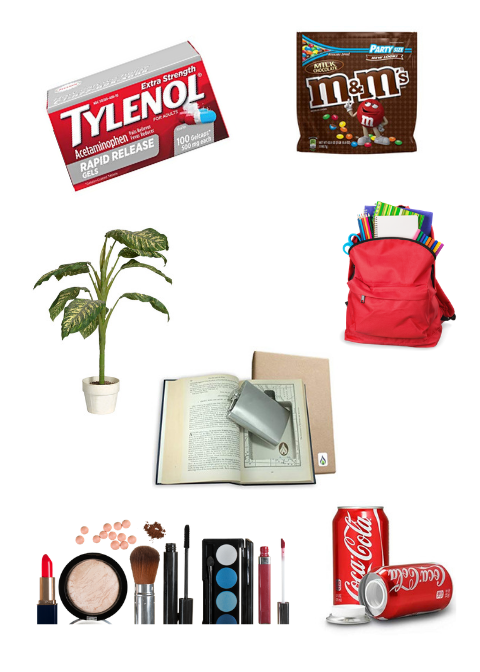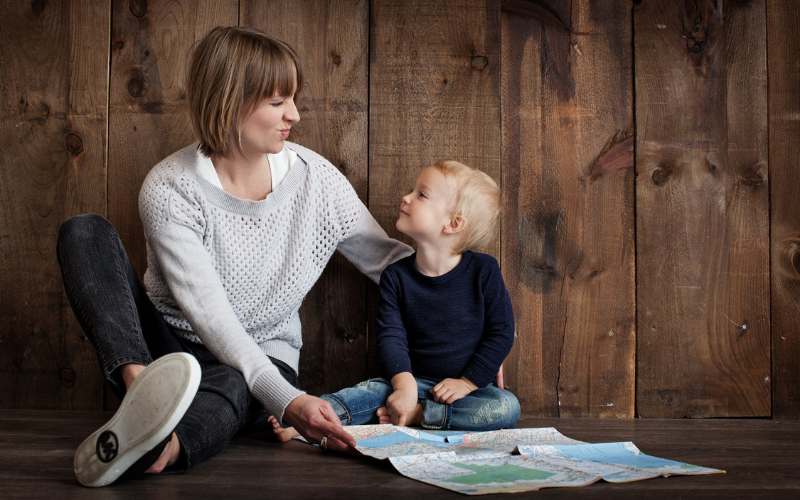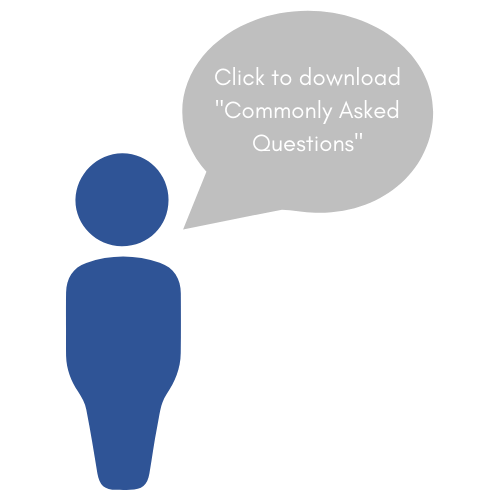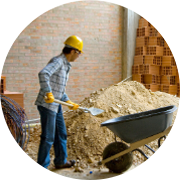It is never too early to set the foundation for healthy behavior
It is important to begin healthy communication habits with your child at an early age. Listening closely and acknowledging their feelings helps to establish trust and open communication, which makes discussing difficult topics, such as substance abuse, easier.

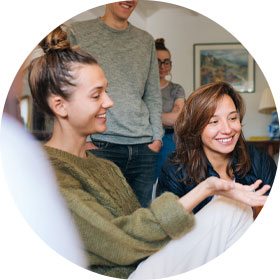
Tips to Remember
- Be a good role model.
- Encourage healthy relationships.
- Be prepared to have several conversations.
- Be clear about your expectations and rules.
- Ask questions to understand your child's point of view.
- Educate yourself and be equipped with facts.
- Be involved in your child's life and share their interests.
- Recognize good behavior consistently and immediately.
Youth Data
It Takes A Village
Parents often struggle with the balance between providing love and support for their child and helping them get treatment. Parents instinctively want to protect their child, which can lead to inadvertently enabling addictive behaviors. It is important to enlist the help of professional and community support. Addiction effects the entire family and it is not a battle that you have to fight alone.
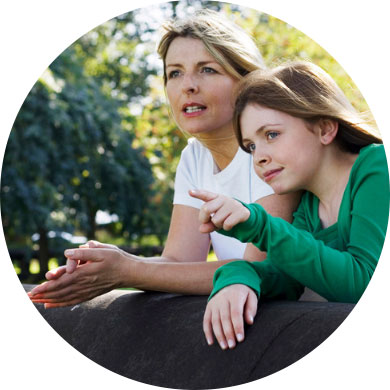
Tips to Remember
- Build a community of support for yourself and your child. As much as your child needs help with recovery, you also need support from peers who have been in your shoes
- Be honest and transparent with your child about your needs ("I am afraid that you will use the money I give you to buy drugs and I cannot deal with the guilt of supporting your addiction").
- Know your resources. Do some research on treatment facilities near you and determine what might be a good fit for your child.
- Remember, you do not have to fix this alone. Your child has to be ready to accept treatment and address the underlying psychological and behavioral issues that support their addiction.
- Enlist the help of an intervention specialist. Do not take on an intervention alone. An intervention specialist can help to plan and implement the intervention effectively as someone who is not personally involved in your child's life.
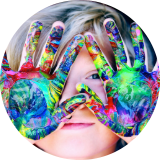
Foster healthy habits
Build strong relationships
Promote imaginative play
Be a positive role model
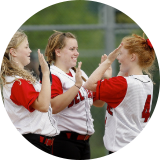
Encourage healthy friendships
Make time for conversation
Prepare for peer pressure
Discuss risks of drugs

Promote self respect
Discuss healthy relationships
Make a plan together
Prepare for next steps
BE CREATIVE Art and music are great ways to bond with your child while teaching them healthy coping skills.
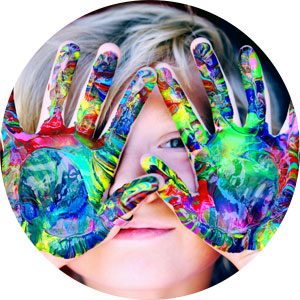
GET INVOLVED IN YOUR COMMUNITY Encouraging your child to participate in community programs and groups shows them that they have support both at home and in their neighborhood.
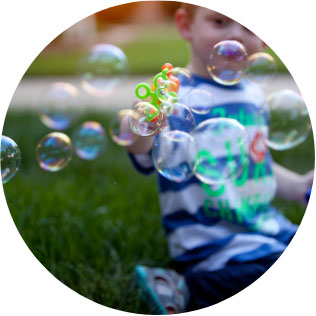
BE ACTIVE TOGETHER Build healthy habits as a family and use these activities as an opportunity to talk about other health choices, such as how to avoid drugs and peer pressure.
KID'S CHOICE Allowing your child to choose an activity shows them that you care about their interests and opinions.
HOST A
PLAYDATE Being the host for play dates supports your child in building healthy friendships while reinforcing that home is a safe place for them to build relationships.
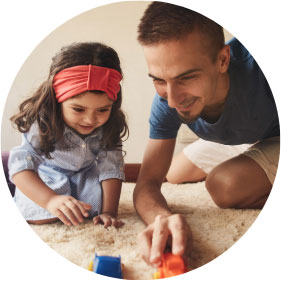
How to answer your child's questions about opioids
✓ THINGS TO REMEMBER:
✓ Be prepared with facts and resources
✓ Ask open-ended questions
✓ Listen, don't lecture
✓ Make your expectations clear
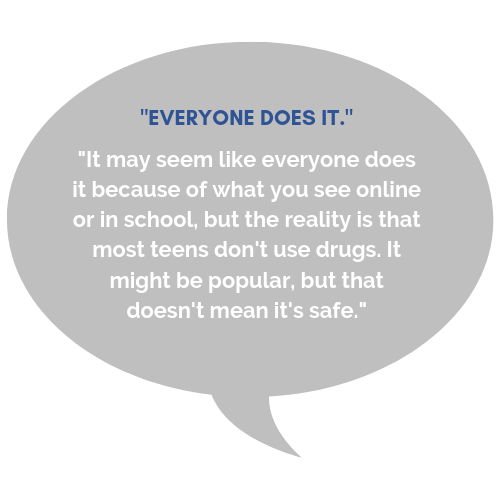
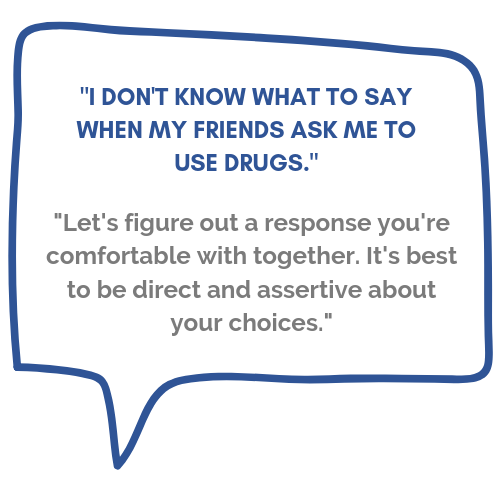
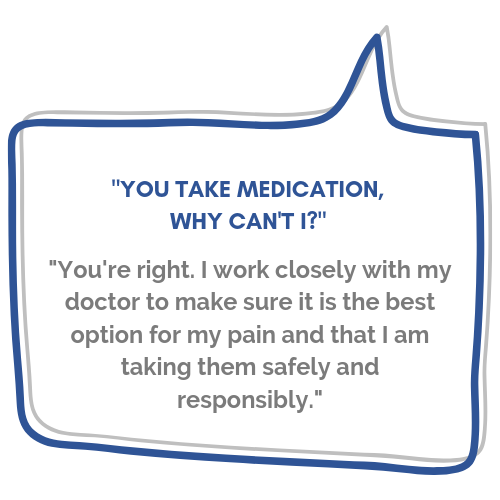
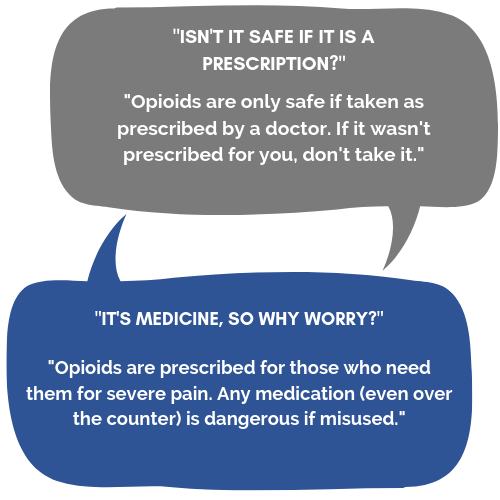
-
Use your nose. If there has been drinking or smoking, the smell will be on their breath, on clothing, and in their hair.
-
Look them in the eyes. Eyes may be red and heavy-lidded or have constricted pupils.
-
Watch their behavior. How do they act after a night out with friends? Are they loud and obnoxious, unusally clumsy, sullen, withdrawn, unusually tired, queasy and stumbling?
Kids come up with creative places to conceal alcohol, drugs, and drug paraphernalia. Some possible hiding spots include:
- Dresser drawers beneath or between clothes
- Desk drawers
- CD/DVD cases
- Small boxes – jewelry, pencil, etc.
- Backpacks/duffel bags
- Under a bed
- In a plant, buried in the dirt
- In between books on a bookshelf
- Inside books with pages cut out
- Makeup cases – inside fake lipstick tubes or compacts
- Under a loose plank in floor boards
- Inside over-the-counter medicine containers (Tylenol, Advil, etc.)
- Inside empty candy bags such as M&Ms or Skittles
- Inside empty soda cans or cans with false bottoms
